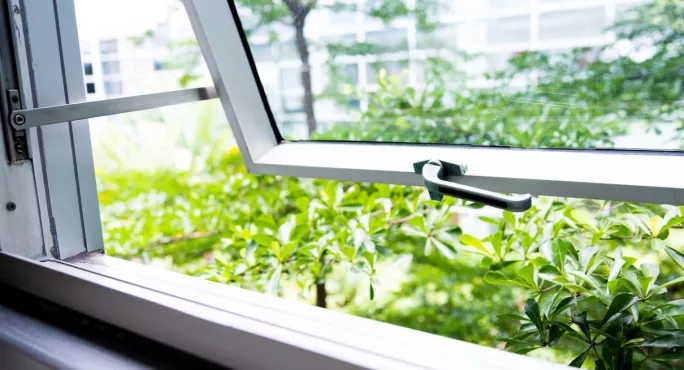Put CO2 monitors in rooms that smell bad, schools told

Schools have been told to place new carbon-dioxide monitors in places that are “constantly stuffy or smell unpleasant” because these are likely to be under-ventilated.
The advice is included in new guidance that the Department for Education has sent to schools today, seen by Tes, explaining how to use the new monitors in an attempt to tackle the spread of Covid-19.
Schools have also been told to place the devices in areas of buildings that are the most well used or have the highest occupation density.
Monitors: Government to send carbon-dioxide monitors to schools
Exclusive: Four in five teachers not reassured by CO2 monitors plan
Funding: Heads question how much DfE will spend on improving ventilation
The government announced last month that carbon-dioxide monitors will be provided to all state schools from this month in a drive to help them combat Covid spread in classrooms.
Now updated guidance has been sent to schools explaining how to use them when they arrive.
It says: “When deciding where to place monitors, you should initially prioritise spaces that feel constantly stuffy or smell unpleasant, as these are likely to be under-ventilated. Using a monitor in these spaces first can help you prioritise action effectively.”
Where should schools place CO2 monitors?
The government guidance says the following. Monitors should be placed:
• At head height when seated.
• Away from ventilation outlets, such as grilles or windows.
• At least 0.5m away from occupants (closer than this could give inaccurate readings).
How long should monitors be kept in one place?
The guidance says schools can rotate monitors around the building in spaces that are “suitable for monitoring’.
It says rooms should be monitored for at least one full day before rotating the device to a different space.
The guidance also says schools should keep their rota simple. It adds: “Start with potentially under-ventilated rooms as set out above and then move your monitors to other rooms.”
Schools have also been told to prioritise those areas that are most used or with the highest occupation density.
Which areas in a school are suitable for CO2 monitors?
The guidance says that the areas in education and childcare settings where monitors can be used include:
- Teaching spaces (including lecture rooms, classrooms and practical teaching spaces).
- Indoor play spaces (eg, rooms in nurseries).
- Staff rooms, large offices, meeting rooms, group or breakout rooms.
Which areas in a school are not suitable for CO2 monitors?
Schools have been told that monitoring is not recommended in areas where CO2 monitors are unlikely to give reliable readings. These include:
- Large, open internal spaces and spaces with higher ceilings, such as sports halls or atriums.
- Spaces that are densely occupied for shorter periods, such as corridors or lobbies, and areas with low occupancy density, including kitchens and toilets, or offices with one or two occupants.
In a letter to teachers published today, education secretary Gavin Williamson said that all schools should start to receive their monitors during this term.
He said: “We announced on 21 August that we would be rolling out CO2 monitors to state-funded education settings.
“The first deliveries of monitors will start from this week. Special schools and alternative provision will be prioritised in the first phase, given the higher-than-average number of vulnerable students attending those settings. However, all eligible settings are expected to start to receive their allocations during the autumn term.”
School leaders have pointed out that the provision of monitors will only identify problems with ventilation, and have asked the government how much it is willing to spend on ensuring that the necessary improvements are paid for.
You need a Tes subscription to read this article
Subscribe now to read this article and get other subscriber-only content:
- Unlimited access to all Tes magazine content
- Exclusive subscriber-only stories
- Award-winning email newsletters
Already a subscriber? Log in
You need a subscription to read this article
Subscribe now to read this article and get other subscriber-only content, including:
- Unlimited access to all Tes magazine content
- Exclusive subscriber-only stories
- Award-winning email newsletters
topics in this article



